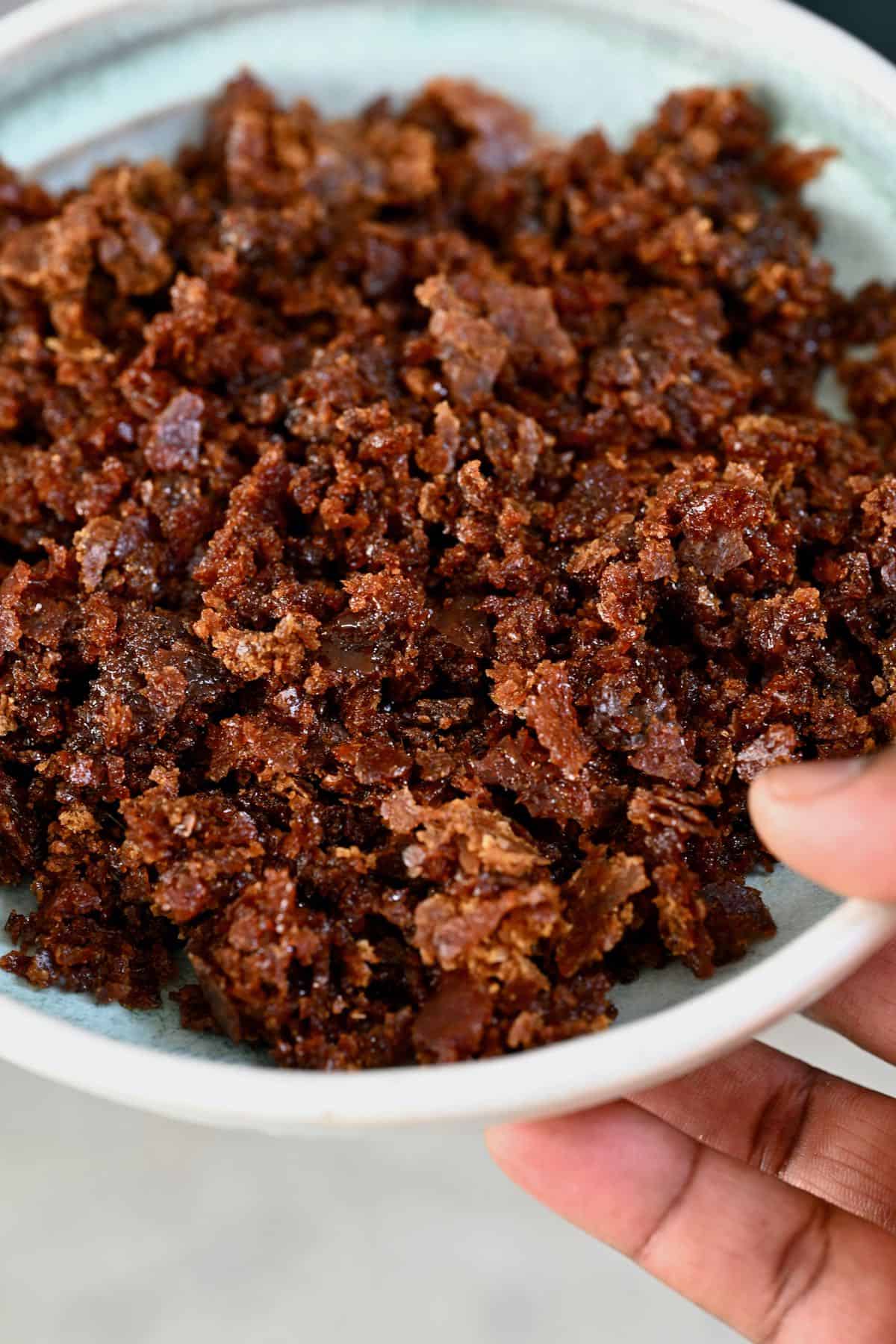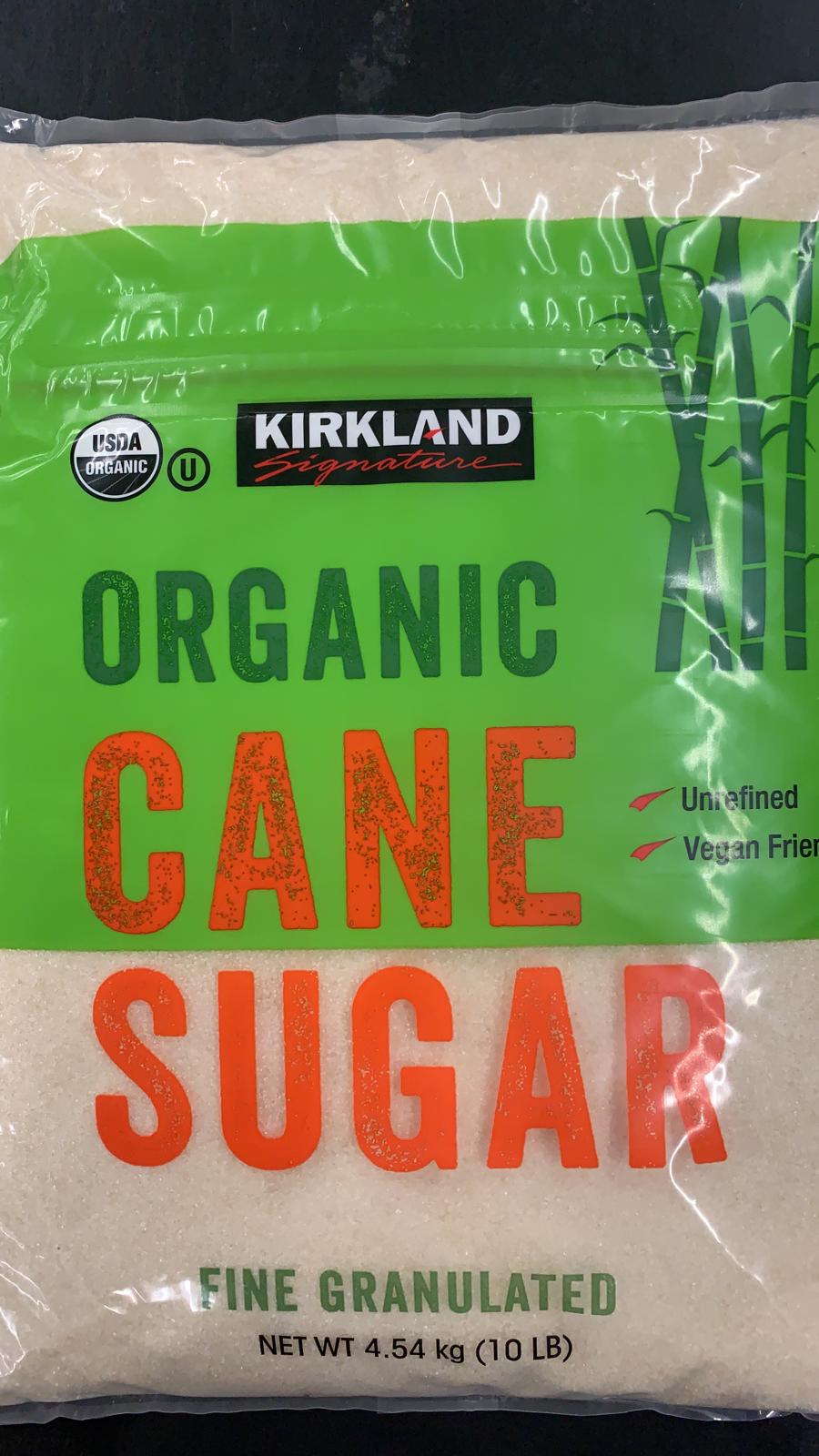Cane Sugar Processing: From Field to Table-- A Step-by-Step Guide
Cane Sugar Processing: From Field to Table-- A Step-by-Step Guide
Blog Article
Understanding the Critical Strategies and Technologies Utilized in Modern Walking Stick Sugar Handling
The advancement of walking stick sugar handling has actually been significantly shaped by the assimilation of innovative methods and modern technologies that deal with both performance and sustainability. As we check out these vital developments, it becomes important to take a look at exactly how they not just boost manufacturing but likewise align with more comprehensive industry trends and customer demands, elevating inquiries concerning the future of sugar processing and its effects for global markets.
Historic Context of Walking Cane Sugar Handling
The historic context of walking cane sugar processing reveals a rich tapestry of agricultural development and cultural exchange that has shaped its growth over centuries. Coming From Southeast Asia, sugarcane was cultivated as early as 8000 BCE - Cane Sugar Processing. The process of fine-tuning and drawing out sugar got momentum in India, where techniques for crystallization were perfected around the 6th century. This understanding passed through to the Center East, and by the 12th century, sugar ended up being a valued commodity in Europe, leading to the facility of sugar plantations in the Mediterranean.

Advanced Extraction Techniques
Performance in cane sugar extraction has actually seen significant improvements, driven by the requirement for higher returns and reduced manufacturing expenses. Conventional methods have advanced, paving the way to ingenious modern technologies that improve the efficiency of the removal process. One noteworthy advancement is making use of enzyme-assisted extraction, where particular enzymes break down cell walls and release more sucrose from the walking cane fibers. This technique not only raises sugar return however also minimizes the power needed for processing.
Furthermore, the adoption of membrane filtering modern technologies, such as nanofiltration and turn around osmosis, has reinvented the splitting up of sugar from contaminations. These techniques permit for the discerning permeation of sugar particles while preserving larger pollutants, improving the removal procedure and lessening waste.
Additionally, the combination of continuous extraction systems has actually brought about boosted functional effectiveness. Cane Sugar Processing. These systems maintain a constant circulation of walking stick material, guaranteeing optimal removal problems and decreasing downtime connected with set handling
Cutting-edge Refining Technologies
Refining methods in cane sugar handling have undergone a transformative change, driven by the demand for greater purity and enhanced product high quality. One of one of the most remarkable advancements is the adoption of membrane layer filtration modern technologies, such as ultrafiltration and nanofiltration. These processes successfully get rid of contaminations and colorants without the demand for substantial chemical therapies, thus protecting the sugar's all-natural flavor and enhancing its allure.
One more considerable advancement is the use of ion exchange resins, which permit discerning look at more info elimination of unwanted ions from sugar remedies. This technology not only raises the total pureness of the end product yet additionally adds to decreased waste and ecological impact.
Moreover, improvements in adsorption methods, using turned on carbon and various other sophisticated materials, have actually shown efficient in decolorizing sugar services while preserving optimal quality. The combination of these ingenious refining modern technologies makes sure that makers can produce refined sugar with exceptional quality and preference, satisfying the developing preferences of customers.
Automation and Control Equipment
Recent developments in refining technologies have actually led the way for considerable enhancements in automation and control systems within walking cane sugar processing facilities. These systems use innovative software application and equipment to enhance functional performance, decrease human mistake, and make sure regular product high quality.
Modern automation integrates different elements, consisting of sensing units, actuators, and programmable reasoning controllers (PLCs), making it possible for real-time surveillance and control of crucial processes. As an example, temperature level, circulation, and pressure prices can be precisely managed throughout extraction, information, and crystallization phases, optimizing performance and lessening waste.
Furthermore, advanced data analytics and artificial intelligence formulas play a critical function in predictive maintenance, permitting operators to anticipate tools failures prior to they happen. This proactive strategy not only lowers downtime yet likewise extends the life expectancy of machinery.
Furthermore, automation assists in the implementation of Industry 4.0 principles, encouraging sugar mills to accomplish greater connection and data exchange throughout procedures. As a result, decision-making becomes even more nimble and enlightened, ultimately boosting the overall competition of walking cane sugar manufacturing. With these improvements, the market is well-positioned to satisfy growing global demands while keeping operational excellence.
Sustainability Practices in Sugar Manufacturing
Sustainability practices in sugar manufacturing have actually come to be increasingly vital as the industry seeks to stabilize financial stability with environmental duty. As customer awareness expands pertaining to the ecological impacts of agricultural methods, sugar manufacturers are adopting ingenious approaches to decrease their eco-friendly impact.
One significant technique is the execution of accuracy farming techniques, which utilize data analytics to enhance source usage, such as water and fertilizers. This reduces waste and reduces the effect on neighborhood environments. Furthermore, many producers are transitioning to renewable resource sources, such as biomass from sugarcane by-products, to power their procedures, consequently lowering dependence on fossil fuels.
Water why not try here monitoring methods are likewise crucial; rain Read More Here harvesting and reliable watering systems assist reduce water deficiency issues. Cane Sugar Processing. Furthermore, incorporated parasite monitoring approaches lower chemical use, advertising biodiversity and dirt health and wellness
Business social obligation initiatives are emerging, with firms buying neighborhood neighborhoods and making sure fair labor practices. By welcoming these sustainability practices, the sugar industry not just improves its track record but also adds to a much more sustainable agricultural landscape, leading the method for future generations.

Conclusion
In recap, contemporary cane sugar handling includes a variety of advanced strategies and innovations that considerably improve effectiveness, sustainability, and yield. Jointly, these improvements position the cane sugar market to meet modern demands while resolving crucial global difficulties.
The evolution of walking cane sugar processing has actually been substantially shaped by the combination of advanced techniques and technologies that attend to both efficiency and sustainability.The historic context of walking cane sugar processing discloses a rich tapestry of farming innovation and cultural exchange that has actually shaped its advancement over centuries. Innovations in milling and refining arised, laying the foundation for modern cane sugar processing.Refining strategies in cane sugar processing have undertaken a transformative shift, driven by the demand for greater purity and enhanced item quality.In summary, modern-day cane sugar processing includes a range of advanced methods and technologies that considerably improve performance, return, and sustainability.
Report this page